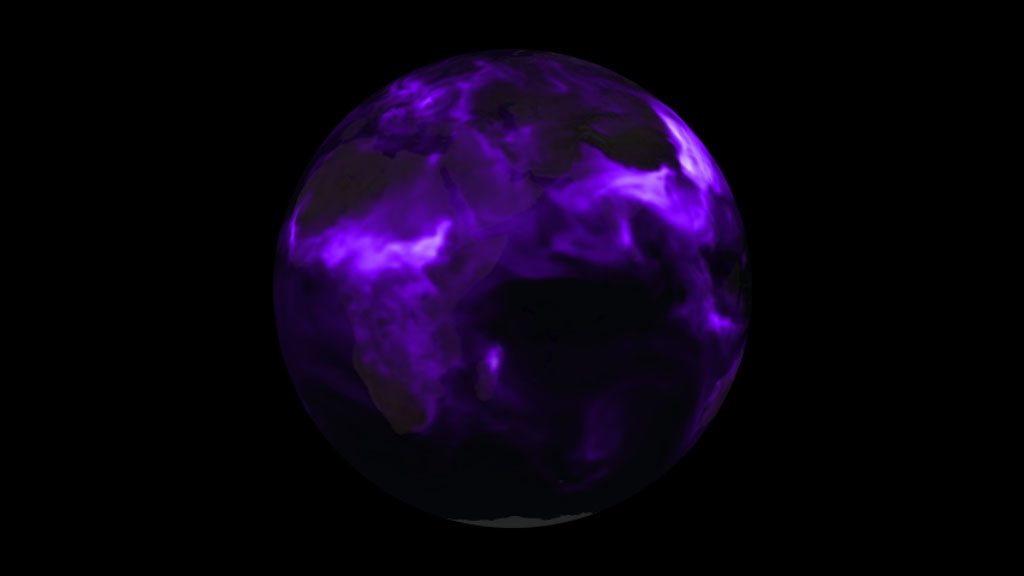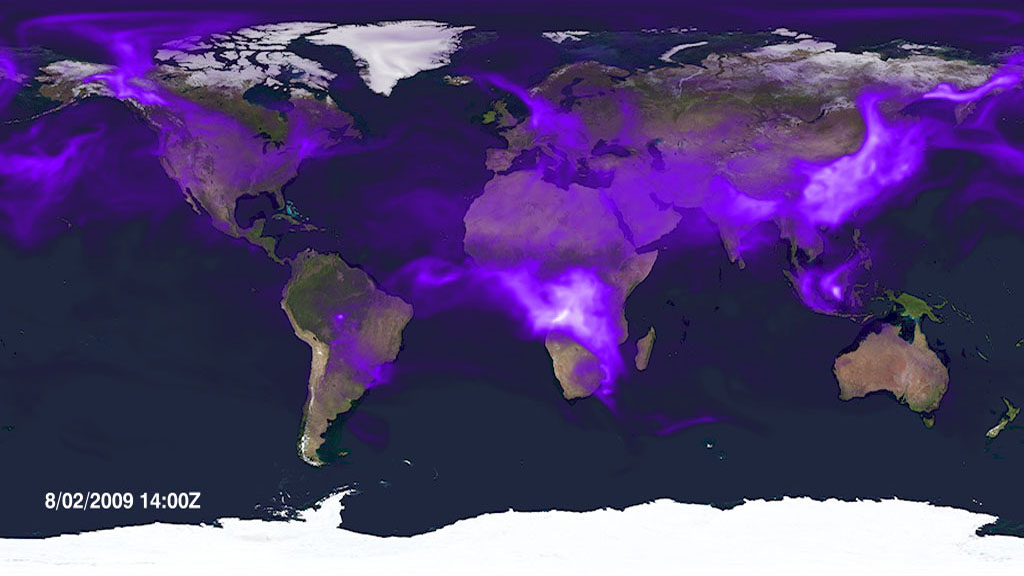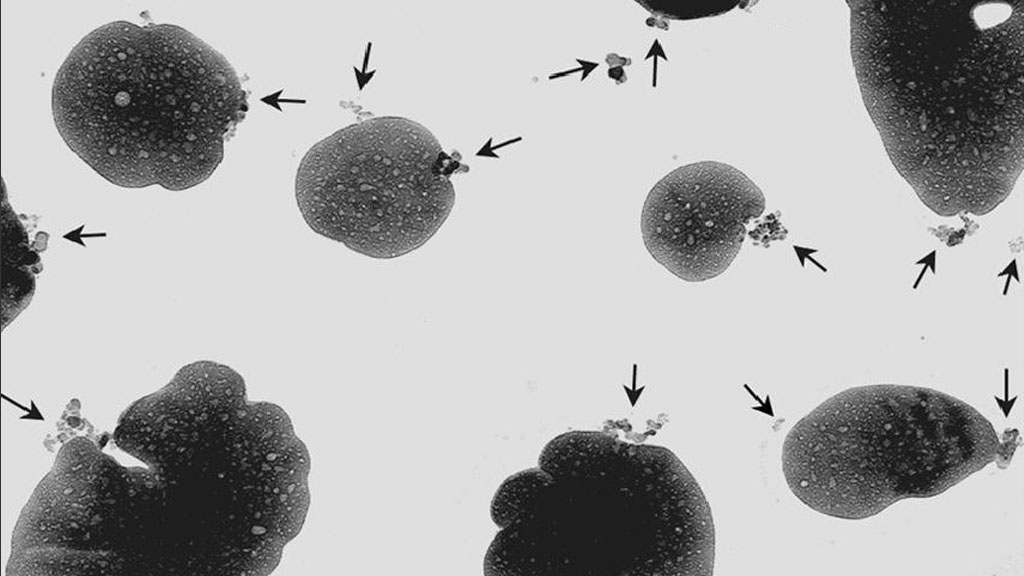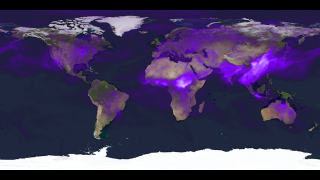Earth
ID: 3844

When wood, fossil fuels, and even dried dung burns at low temperatures, countless bits of carbonaceous material waft into the atmosphere as smoke. These charred bits of matter— known as soot—usually remain aloft for just a short period, but they have a major impact on humans nonetheless. The chain-like particles can penetrate deep into the lungs and contribute to asthma and cardiovascular disease. They also impact the climate. In fact, soot has such a powerful ability to absorb sunlight that climatologists call it "black carbon" and the ubiquitous particles are thought to be the second strongest contributor to global warming following only carbon dioxide. The data visualization above, based on data from NASA's GOCART model, simulates the atmospheric concentration of black carbon between August and November of 2009. This story is the first of a two-part series on black carbon, which will conclude on Thursday with a look at how the particles affect the Himalayan region.


Black Carbon: A Global Presence



Related Story
Story Credits
Visualizer/Animator:
Horace Mitchell (NASA/GSFC)
Lead Scientist:
William K. Lau (NASA/GSFC)
Lead Writer:
Adam P Voiland (Wyle Information Systems)
Horace Mitchell (NASA/GSFC)
Lead Scientist:
William K. Lau (NASA/GSFC)
Lead Writer:
Adam P Voiland (Wyle Information Systems)
Please give credit for this item to:
NASA's Goddard Space Flight Center Scientific Visualization Studio
Microscopic image courtesy of James Anderson (Arizona State University)
NASA's Goddard Space Flight Center Scientific Visualization Studio
Microscopic image courtesy of James Anderson (Arizona State University)
Short URL to share this page:
https://svs.gsfc.nasa.gov/3844
Keywords:
SVS >> App
NASA Science >> Earth
https://svs.gsfc.nasa.gov/3844
Keywords:
SVS >> App
NASA Science >> Earth








